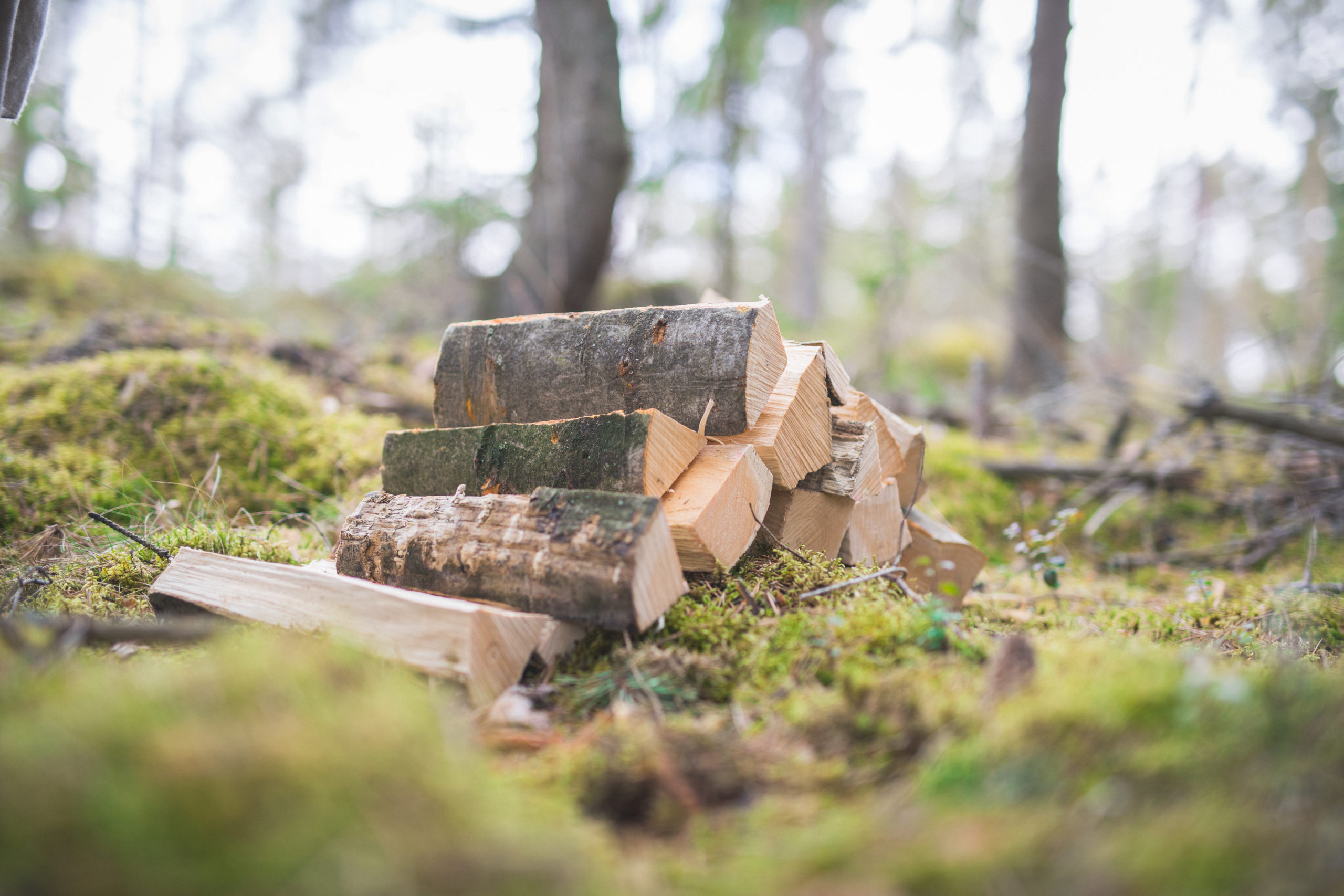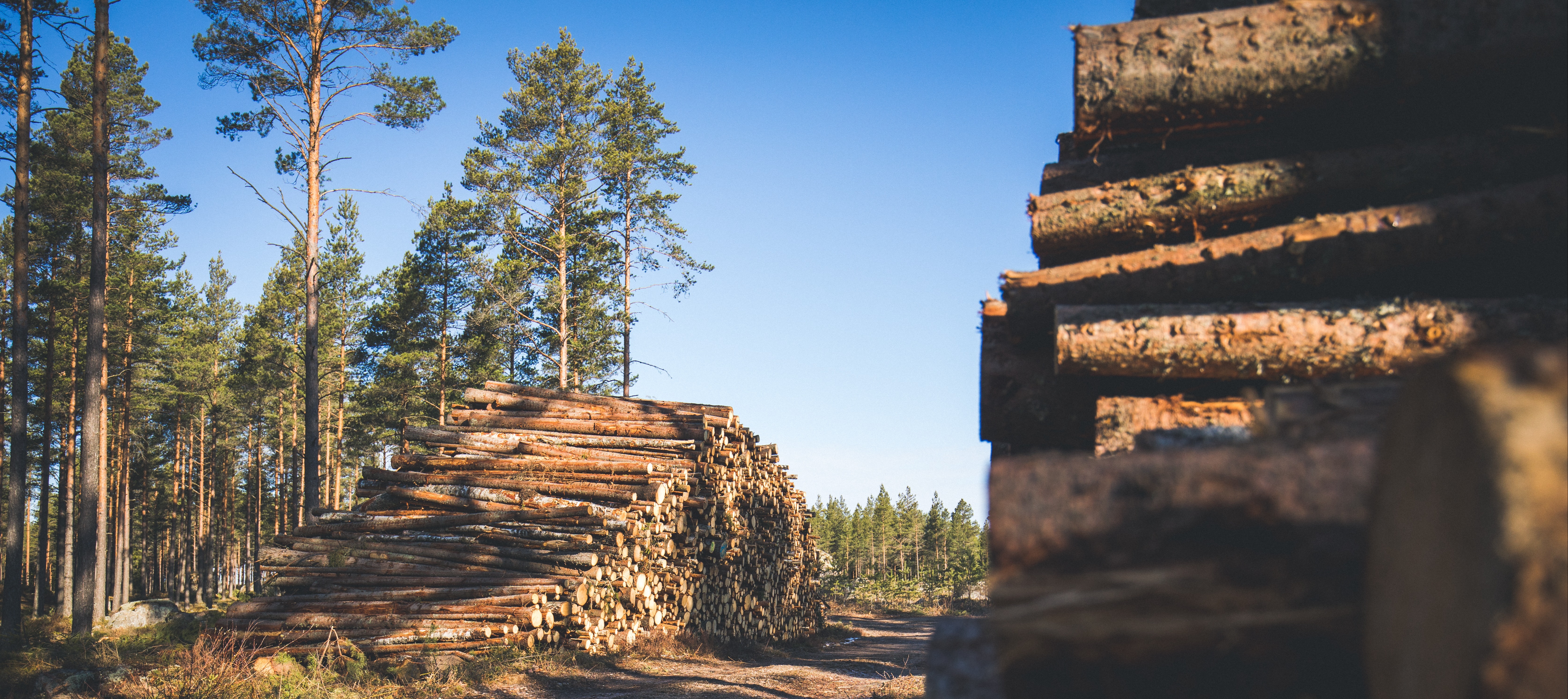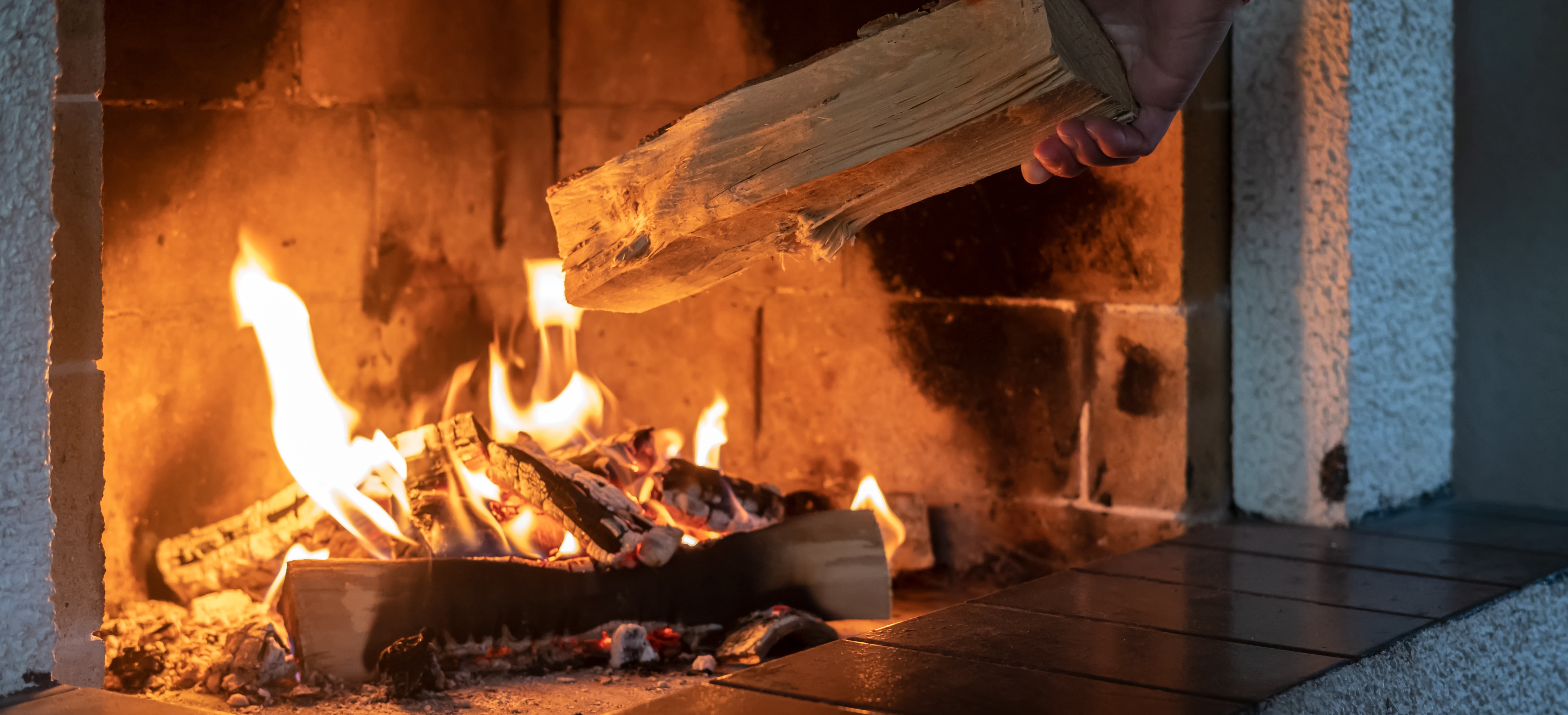
Responsibility in the firewood business
To encourage the use of renewable resources and to bear our responsibility of sustainable development in the firewood business worldwide is one of the goals for us here in Hakki Pilke.
In this blog post we want to give you some insight about responsible firewood production and responsible development of forest management. On the other hand, we are going to have a look at how to use firewood as responsibly as possible.
When harvested responsibly and used correctly, firewood is an energy-efficient and renewable heating source. While growing, a tree uses a chemical reaction called photosynthesis to convert CO2 and water into Oxygen which it then releases into the air. When wood is burned it uses oxygen to release the same amount of CO2 back in the air as it would if a tree were permitted to die and rot.
Firewood can also be used together with solar panels or other sustainable energy heating methods to balance the peaks in the energy demand. Therefore, the firewood can be part of responsible heating production in the future. When choosing your firewood from a responsible woodlot and following sustainable practices, you can reduce your ecological footprint.

Producing responsible firewood
Sustainable forest management is at the heart of responsible firewood production. The important thing to keep in mind is that sustainable firewood management and practices help us to maintain healthy forests for current and future generations.
It is a fact that all the common fuels used to produce energy – gas, oil, coal and wood – all release CO2 emissions into the atmosphere. But unlike the other three energy sources mentioned above, burning firewood from a responsible and renewable woodlots is greenhouse neutral.
Firewood as a renewable resource is better for the environment than fossil fuels such as oil. Wood heating method releases the same amount of carbon dioxide it has stored when growing as a tree and if a tree were permitted to die and rot.
As said, the sustainable forest management plays a key role in leveling out the CO2 emissions that arise from burning wood and making it climate neutral in the long term. When harvesting firewood in sustainable way, well-planned tree selection is one important point of view.
Sustainable firewood management and practices include things like selective harvesting of uneven-aged trees, thinning out dense areas of trees, leaving all seed trees and leaving some dead trees for wildlife habitats. It is also important not to use wood that can be used in the sawmill or pulpwood industry and instead utilize fallen, thinning and garbage wood for producing firewood.
The size of the used trees and the efficient production of wood is also a part of responsible operations. Using large trees that are at a certain stage of growth, i.e. full-grown, is the most sustainable way to make logs.
One notable fact is also that firewood can most often be imported from very close by compared to fossil fuels like oil. This means that the transportation doesn’t add up the emissions and it of course also helps to save in the transportation costs.
Local production can also be a great help when you marketing your firewood. Producing firewood nearby usually brings work to the surrounding area, which is something many customers appreciate. So when you produce your firewood locally and responsibly, don’t forget to mention it when marketing your product – this is something your customers deserve to know.

How to use firewood as responsibly as possible?
Firewood heating is a popular home heating source around the world. It can be used as the only heating source or beside some other sustainable heating method to balance the peak seasons. In crisis situations such as power outages in the middle of frost season, the firewood as a supportive heating method can be a real blessing.
When burnt properly, using firewood from sustainable sources to warm your home can be less polluting and more environmentally sustainable than other methods. To heat you home efficiently and responsibly with firewood, there are few things that you should consider.
First of all you will need dry wood that has been processed and stored properly. To minimize the pollution, the moisture content of firewood should be between 15% and 20%. You can use a moisture reader to test the wood before your supplier delivers it on your lot.
To help keep your firewood as dry as possible you should store it off the ground, keep it protected from the rain and allow the air to ventilate with open sides. You can read more about efficient ways of drying and storing your firewood from our previous blogposts.
It is also important to choose the right type of firewood that is good for heating and produces strong heat output. Softwood burns faster and less efficiently than hardwood because it is less dense. But remember, it can still make excellent kindling to get your fire started.
Operating your heater correctly is also really important. The firewood burner must be correctly ventilated and operated. Modern fireplaces, boilers and heaters produce less pollution than older ones. They are also more efficient and therefore help you save firewood. If you feel it would be time to update your fireplace, contact your local supplier.
In short, it is best to burn only dry, seasoned, untreated wood and use smaller logs instead of only one large log. Remember always to start the fire patiently to minimize the amount of smoke. Fires with lot of smoke are usually a sign that the wood is wet or the fire isn’t built properly. Burning firewood in small, hot fires produces less air pollution than large, smouldering fires.
We have developed a simple questionnaire to help you find the right firewood processor for your needs. Read more about the cutting-edge solutions Hakki Pilke has to offer by visiting our website.



